
Vodka dates back to the Middle Ages using cereal grains as its main ingredient.
Potatoes stepped in as a substitute in more recent times; fruit flavorings later on. Today, global brands experiment with various natural proteins like whey and quinoa, and explore unique filtrating – through lava rock and “black diamonds” – to produce the best neutral distillate possible.
Below are eight crystal clean, ultra-smooth vodkas from around the world combining their native water with selective distillation and a rare filtration process to produce premium liquids.
New Zealand’>s Broken Shed Vodka
Distilled from whey

Broken Shed Vodka
Sure, every story has two sides. But, does every story result in a refined, two-ingredient bottled product? Back in 2009, two American expats spewed out ideas to produce the next premium vodka – all while boozing in a broken shed near Lake Wanaka in the Southern Alps of New Zealand. Later, they hooked up with local kiwi, also master blender, Mark Simmonds. The trio spent over one year treating the filtration process; testing distillates and ten diverse water sources across the country to craft the purest recipe.
Breaking free, Broken Shed Vodka is a breakdown of distillate base, whey. Whey, or “milk honey” is a sustainable byproduct of dairy production. Sourced from grass-fed cows in New Zealand, the natural protein is essentially the watery part of milk that remains after the formation of curds. As for water, two distinct native sources are utilized in the making of Broken Shed: straight spring water from the North Island and natural, volcanic rock-filtered water from a 15,000-year-old aquifer on the South Island. Together, the two fluids create the perfect balance of mineral content resulting in a clean, confident vodka. That means, no additives or sweeteners; certified naturally gluten-free and GMO-free, too.
Tasting notes start with “sweet bread” on the nose, leading to a stoney and slight peppery palate, and end with an extremely smooth finish.
Available in 20 states at a suggested retail price of $24.99.
Iceland’s Reyka Vodka
Filtered from lava rock

Reyka Vodka
Here’s a unique vodka that embodies every characteristic of Iceland’s wellspring. Reyka Vodka represents the epic volcanoes and glaciers, vast fields of lava rock, and towering waterfalls of spring water, Iceland has to offer.
Set outside of Reykjavik, in Borgarnes, the distillery is powered by the steam from nearby hot springs. This geo-thermal energy captured from deep in the earth supplies power without adding impurities to the product, nor planet.
A rare Carter-Head Still – the first and only one of its kind used to distill vodka – is responsible for Reyka’s smooth taste. Lava rocks deploy as a natural and efficient filtration system having zero tolerance for impurities (and are conveniently located in Iceland’s many fields). Icelandic glacial spring water also adds to Reyka’s silky finish. Each and every bottle is crafted in preciously small batches to ensure highest quality possible.
Available at $22.99 via Drizly.
Italy’s Carbonadi Vodka
Filtered through “black diamonds”

Carbonadi Vodka
Enter the House of Carbonadi and meet Ricky Miller III, the charismatic, minority leader steering the luxury vodka market. Carbonadi Vodka is an ultra-premium vodka distilled at the foothills of the northern Italian Alps. The Piedmont region – known for some of Italy’s highest-quality wheat – provides nutrient-rich soil for organic wheat material and pristine Alpine water to make the mash of Carbonadi.
The ingredients are distilled five times and passed through a striking filtration process using black carbonados, or “black diamonds” – the toughest and rarest form of natural diamonds with super-absorbent properties. The extra porous attributes of carbonados extract impurities that a conventional filter cannot. A final step of micro-oxygenation creates a crystal-clear vodka of superior smoothness for sipping neat or on the rocks. An exceptionally pleasant aroma of green herbs, bay leaf and dried mint to be expected.
Available in California, Nevada, New York, New Jersey, and Florida at a suggested retail price of $69.99.
France’s FAIR. Vodka
Distilled from quinoa

FAIR. Vodka
Fair trade, demand the French; hence the finest fair trade and organic quinoa sourced from an 14,000-foot-high Altiplano plateau in South America to produce, well, vodka.
Nearly 1,200 independent farmers – all members of a Fair trade Certified co-op – supply the sustainably-harvested quinoa seeds that make up FAIR. Vodka. Quinoa is considered a superfood due to its nutritional content – first recognized by Incas over 5,000 years ago, and now by global consumers – marking FAIR. Vodka’s label gluten-free and vegan certified (avoiding animal involvement).
Along with the high-valued quinoa, FAIR. Vodka’s great flavor comes from the advanced production process – the result of a two-year joint research project between Andean farmers and French distillers of Cognac. The intricate process calls for the grains to first be brewed into beer before distillation. Later, light corn alcohol is added for smoothness. Overall, the liquid is warm and earthy, releasing nutty aromas and buttery bites.
Available globally at a suggested retail price of $30.99.
England’s Chase Original Potato Vodka
Distilled from potatoes

Chase Original Potato Vodka
Ah, “roasties” – beloved by the Brits, completely foreign to Americans. They’re just roasted potatoes that are sometimes flatten, fermented, and filtered into premium vodka.
Chase Vodka has a graceful quality tied to real British roots, exactly 250 glorious potatoes in every bottle. Three types of ‘tatoes are harvested on the Chase family farm in England’s Herefordshire county: King Edward, Lady Claire, and Lady Rosetta. The entire “field-to-bottle” process continues on-site for two weeks, before introducing a creamy yet clean vodka.
“It’s great seeing the raw materials we grow on our farm being turned into products that sit on the shelves of some of the world’s top bars,” shares Harry Chase, potato farmer and founder of Chase Vodka.
Available in select states at $38.00 via ReserveBar.
Sweden’s Råvo Vodka
Distilled from winter wheat

Råvo Vodka
RÅVO [ raw-vo ]; from the Swedish words for raw, or rå, and Vodka. In other words, simplicity in a bottle. Råvo Vodka is made from winter wheat seeds, rapidly distilled five times through stainless steel column towers lined with ceramic filters, and blended with local spring water (treated via reverse osmosis) – the purest form of vodka. The raw material is reaped from Vastergötland, famous for its endless fields of winter wheat.
Near Lidkoping, the distillery is set in a bucolic area of rural Sweden, on the edge of one of the cleanest water sources in the country. The aqua is especially high quality with what can be described as a crisp and soft character.
Råvo Vodka is chic and flawless. It has a bare and balanced body with a (marsh)mellow mouthfeel and citrus finish.
Available at $18.99 via Drizly.
Russia’s Smirnoff No. 21 Vodka
Distilled from corn and first filtered through charcoal

Smirnoff No. 21 Vodka
With a ‘World’s #1 Vodka’ title (during a devastating global pandemic), Smirnoff is hands down a common household item today. Corn-based, Smirnoff No. 21 Vodka is triple distilled and ten times filtered resulting in an 80-proof spirit bursting in fresh flavor with a dry finish.
During filtration, the liquid is pumped through columns filled with a predetermined amount of activated charcoal. It travels through at a set rate of speed to achieve a very specific amount of contact time with the charcoal – one of the best natural filters, also the first for vodka-making. By the time the vodka exits – ten hours laters – the liquid is as 100% as it can possibly become.
Both kosher certified and gluten-free boxes are checked too – in addition to a 35-plus bottle range of flavored vodkas like Vanilla and Green Apple.
Available at $13.99 via Drizly.
Japan’s Haku Vodka
Distilled from white rice and filtered through bamboo charcoal

Haku Vodka
Here’s Haku Vodka – a soft aromatic and slightly sweet rice spirit from the Suntory distillery in Japan. The name Haku means “white” in Japanese, though translates into “brilliant” too – fitting for 100% Japanese white rice turned brilliant craft vodka.
Milled and polished to perfection, white rice is esteemed for its “mild and subtly sweet flavor,” also prized as the ultimate symbol of Japan. It conveys Suntory’s commitment to working with the best and most authentic ingredients from Japan. To start, white rice is fermented with “rice koji” to create a mash, then distilled through pot stills to create a rice spirit. The neutral distillate cycles second time through two different processes to create both flavor and volume, before being blended and filtered at Suntory’s Liquor Atelier in Osaka.
Next, the bamboo charcoal filtration – a Suntory proprietary method. Clearly, the charcoal absorbs the impurities present in the distillate; though the minerals from the bamboo actually add the smooth- and mellowness. The amazing filtering ability comes from its super-porous structure: three times more porous cavities per gram than other wood charcoal. The final, artisanal product is luminous.
Available at $28.99 via Flaviar.
The post Vodka on a Global Scale appeared first on Chilled Magazine.
Source: Mixology News
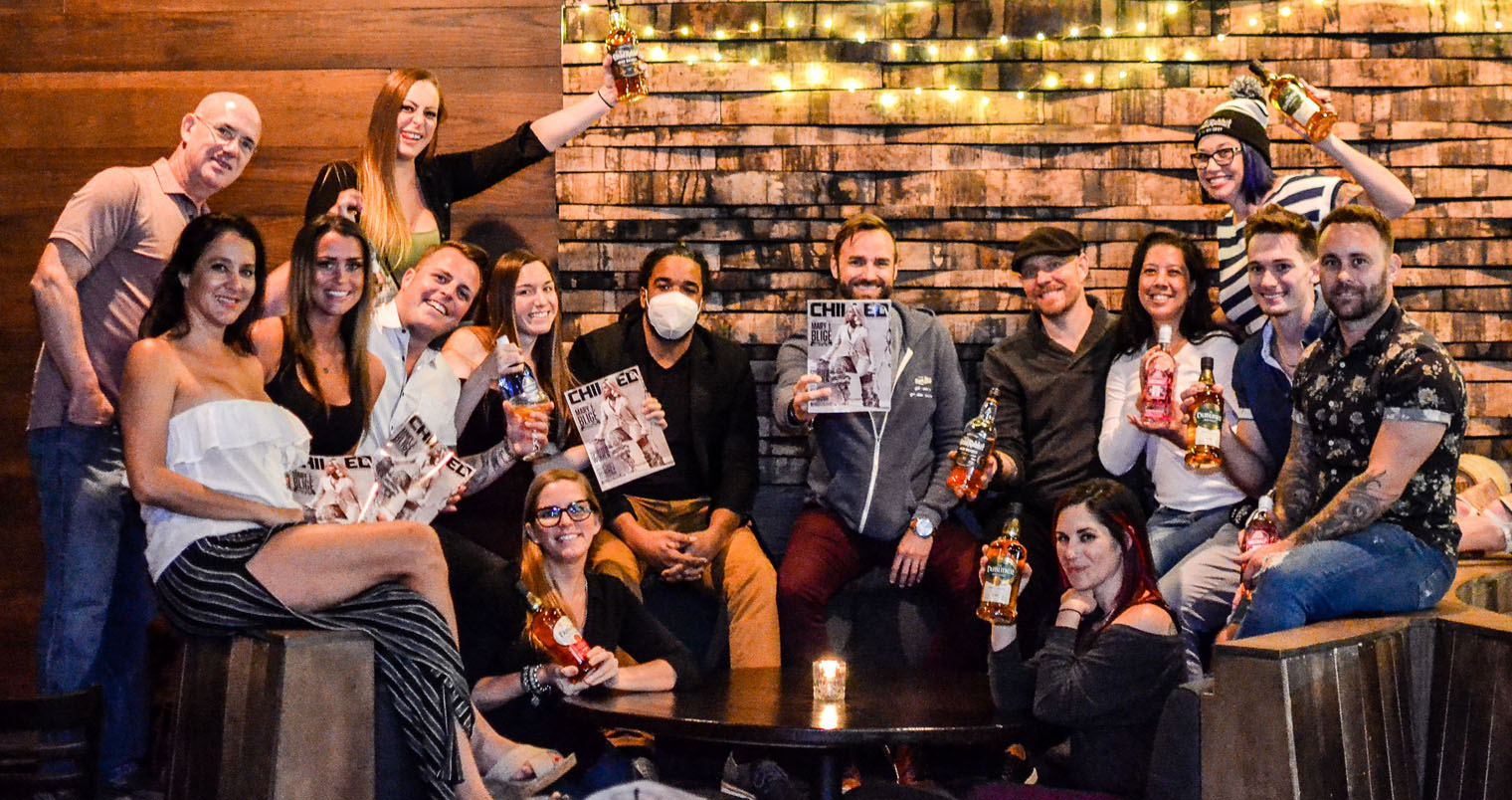

















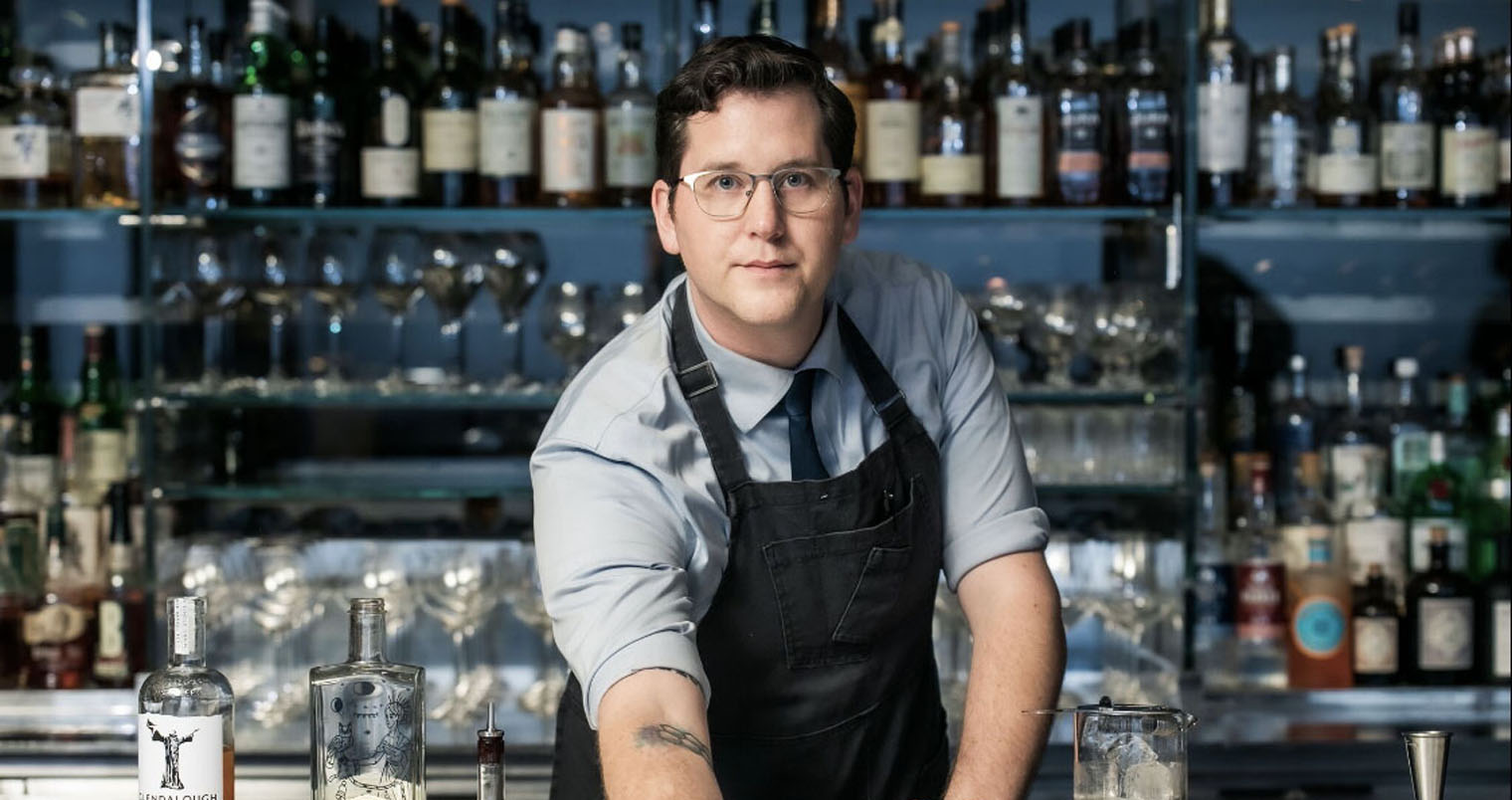


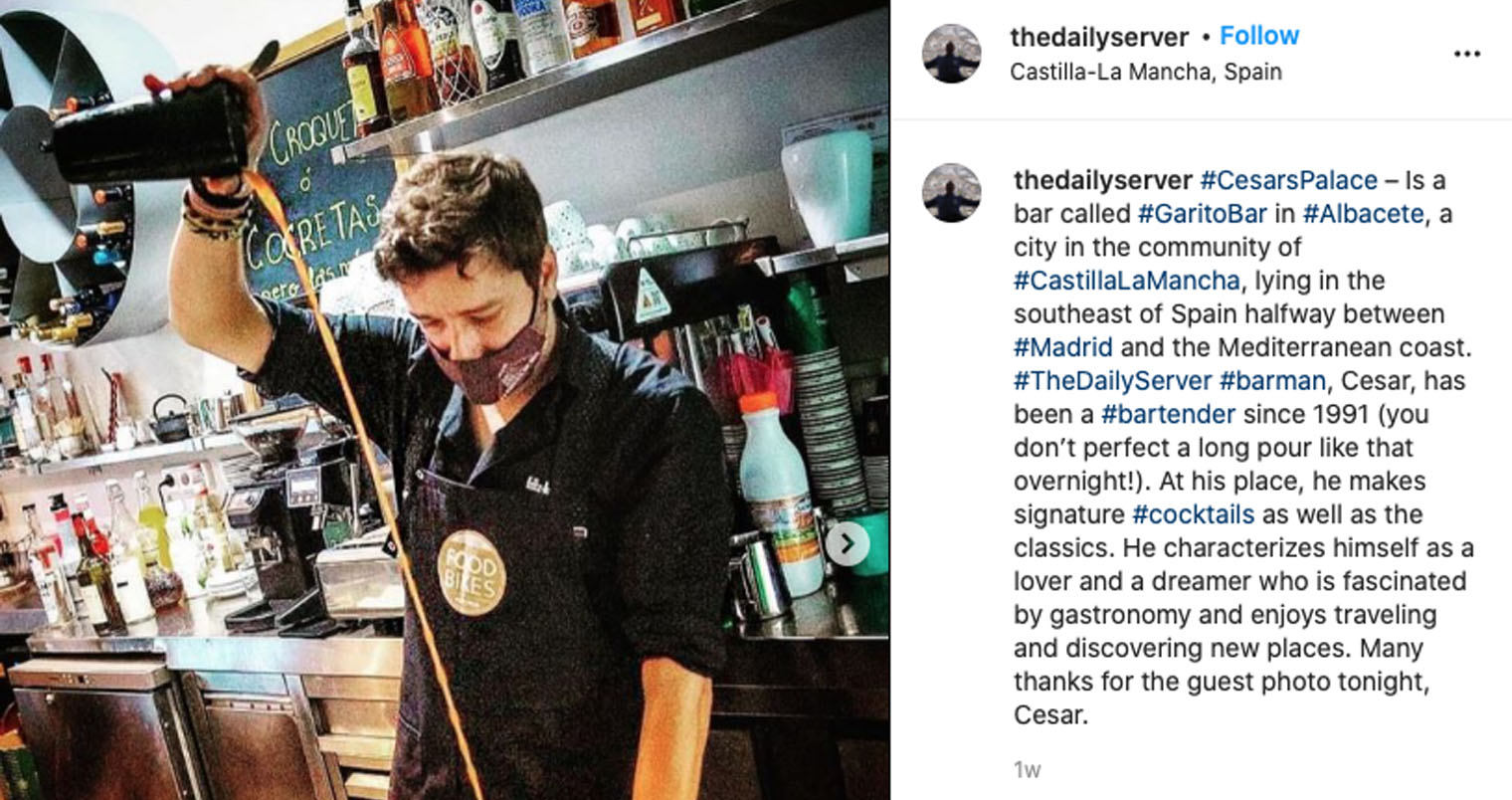






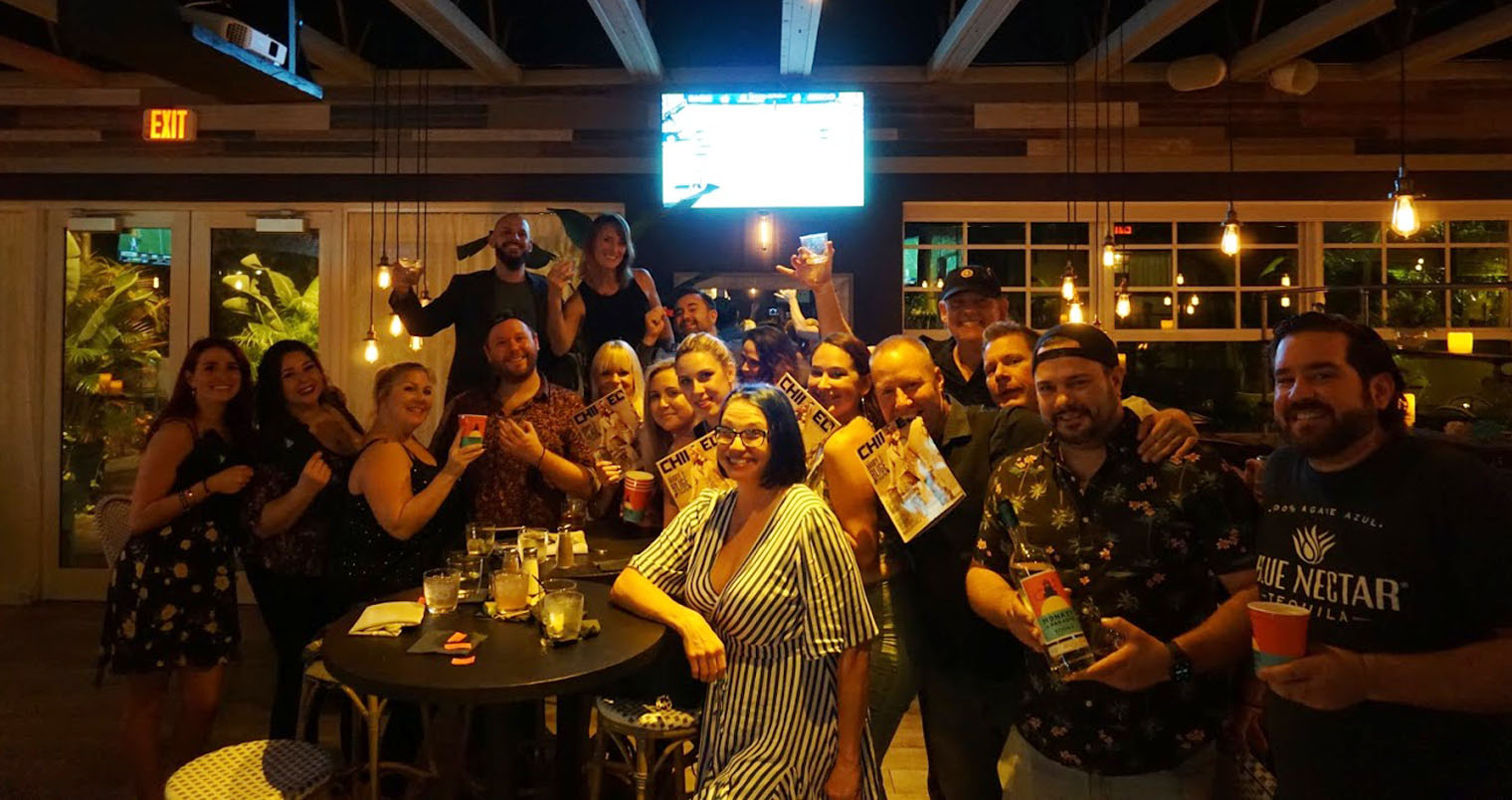















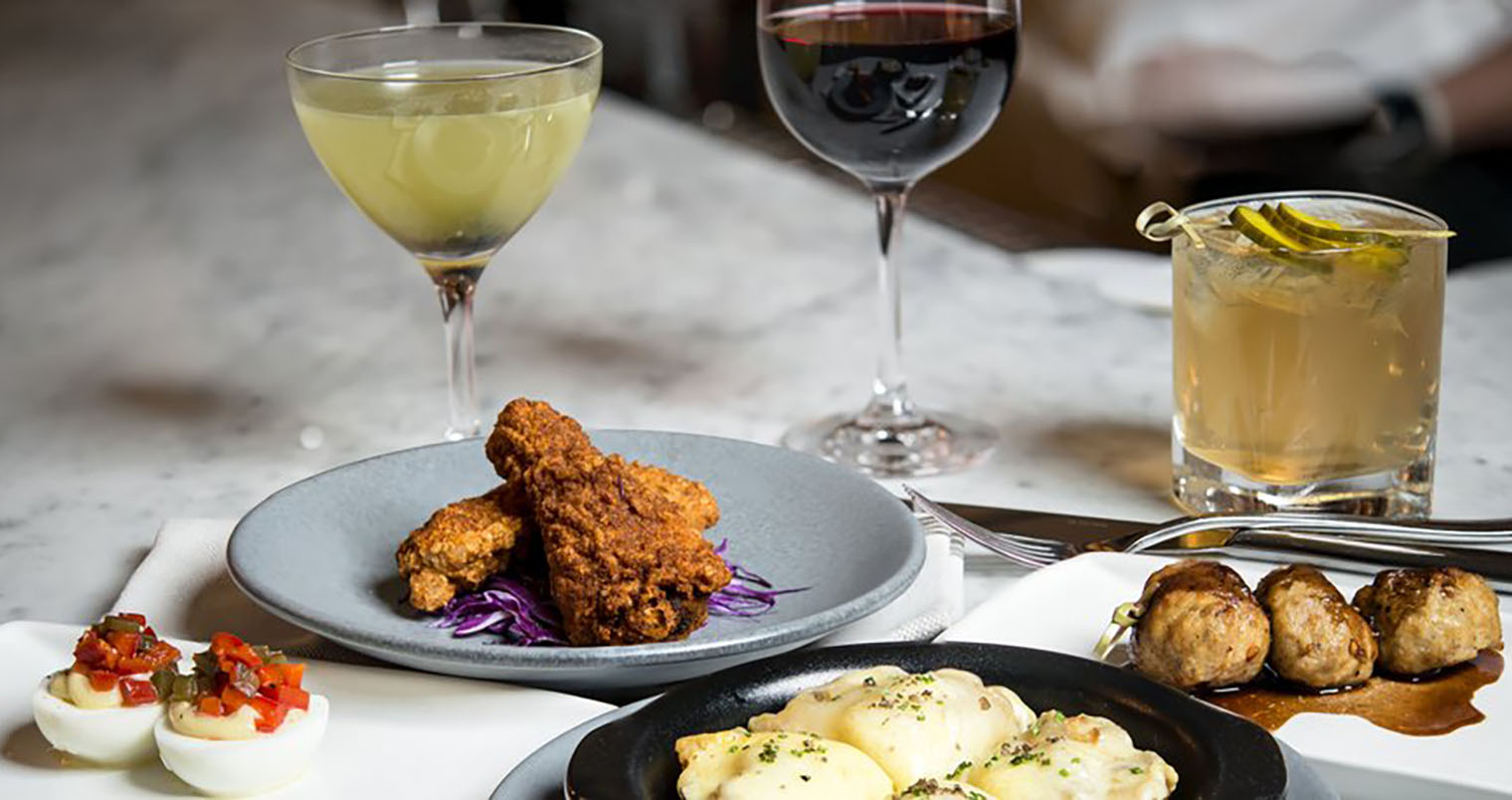




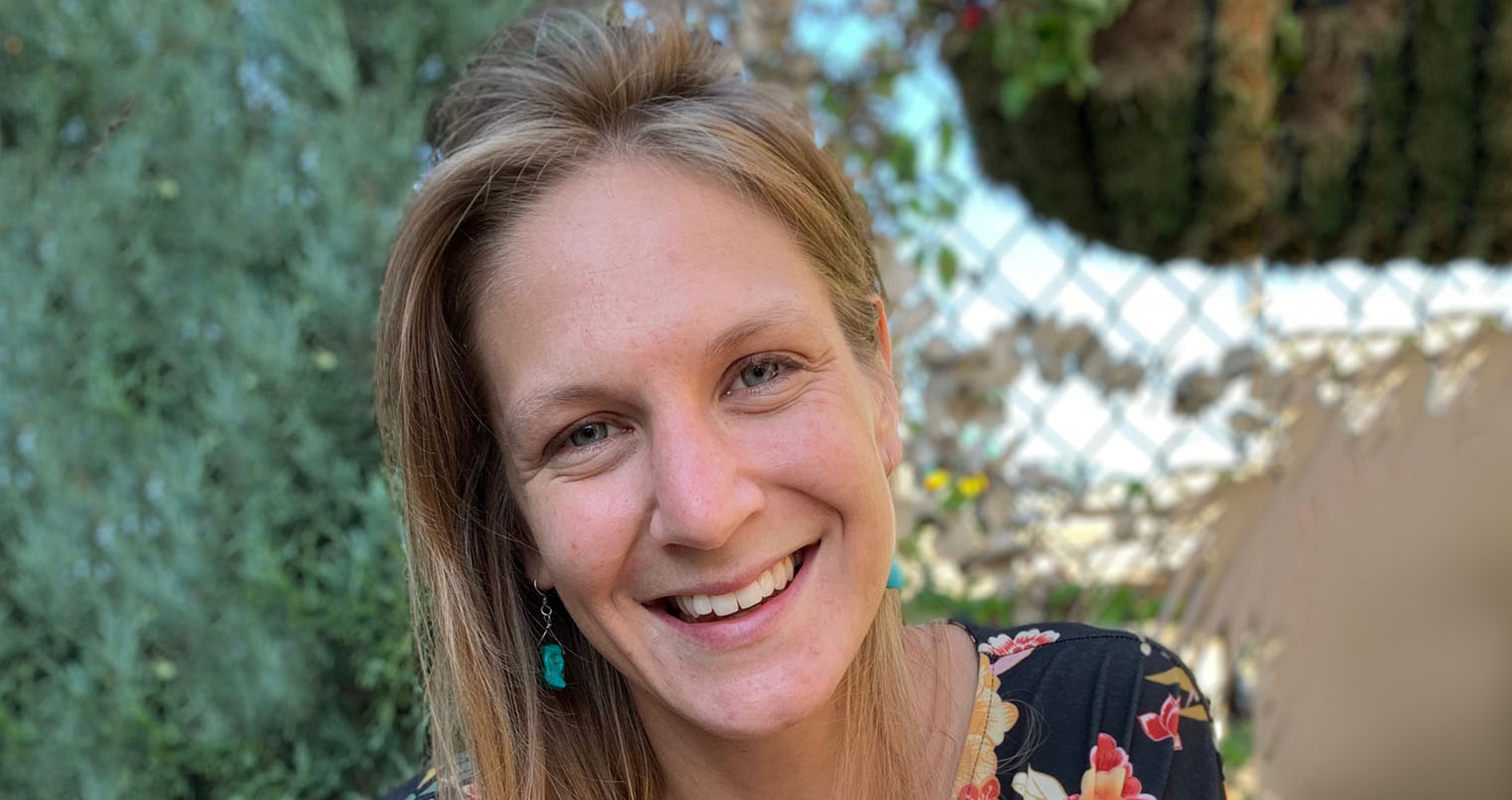



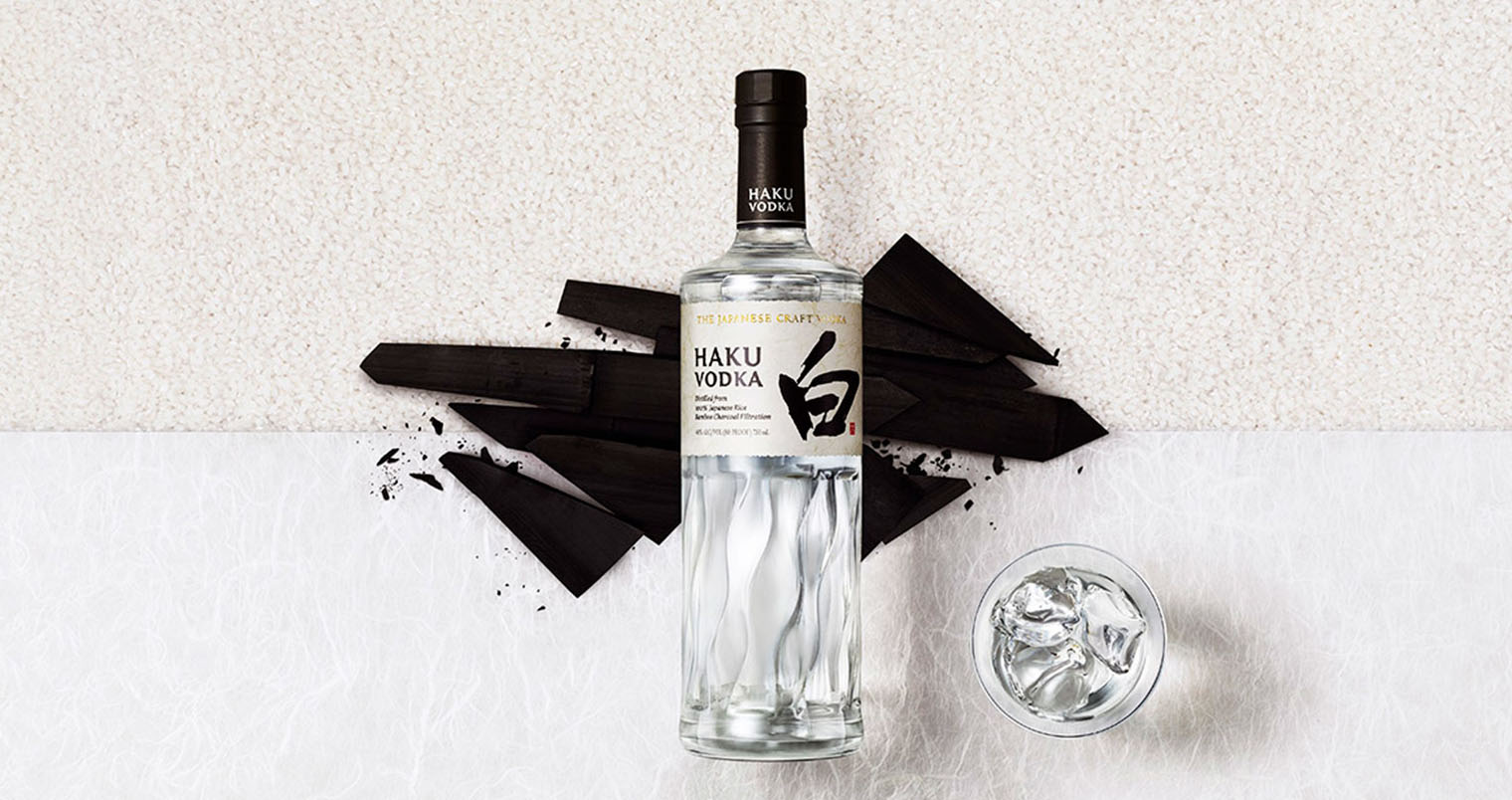









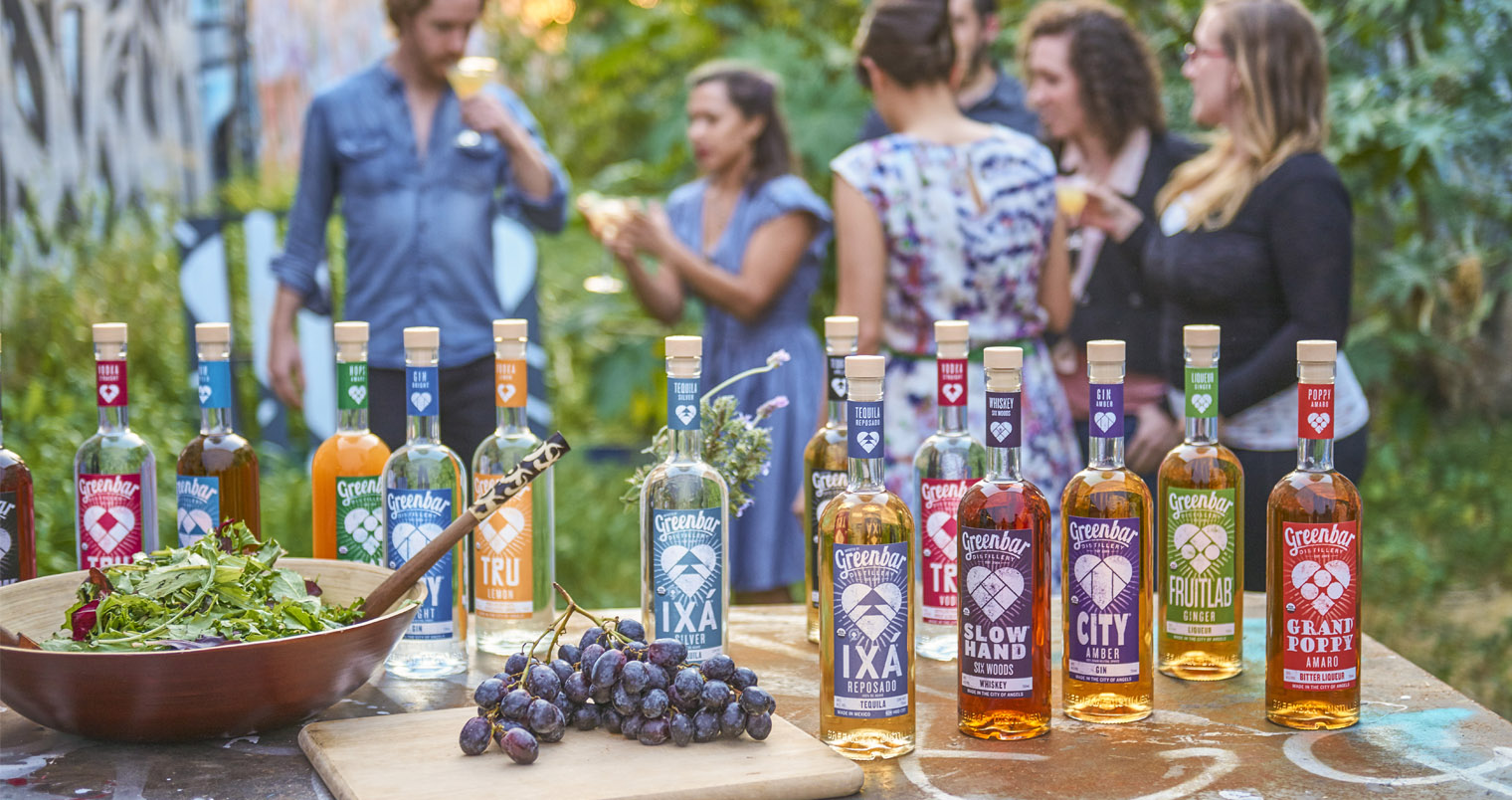

















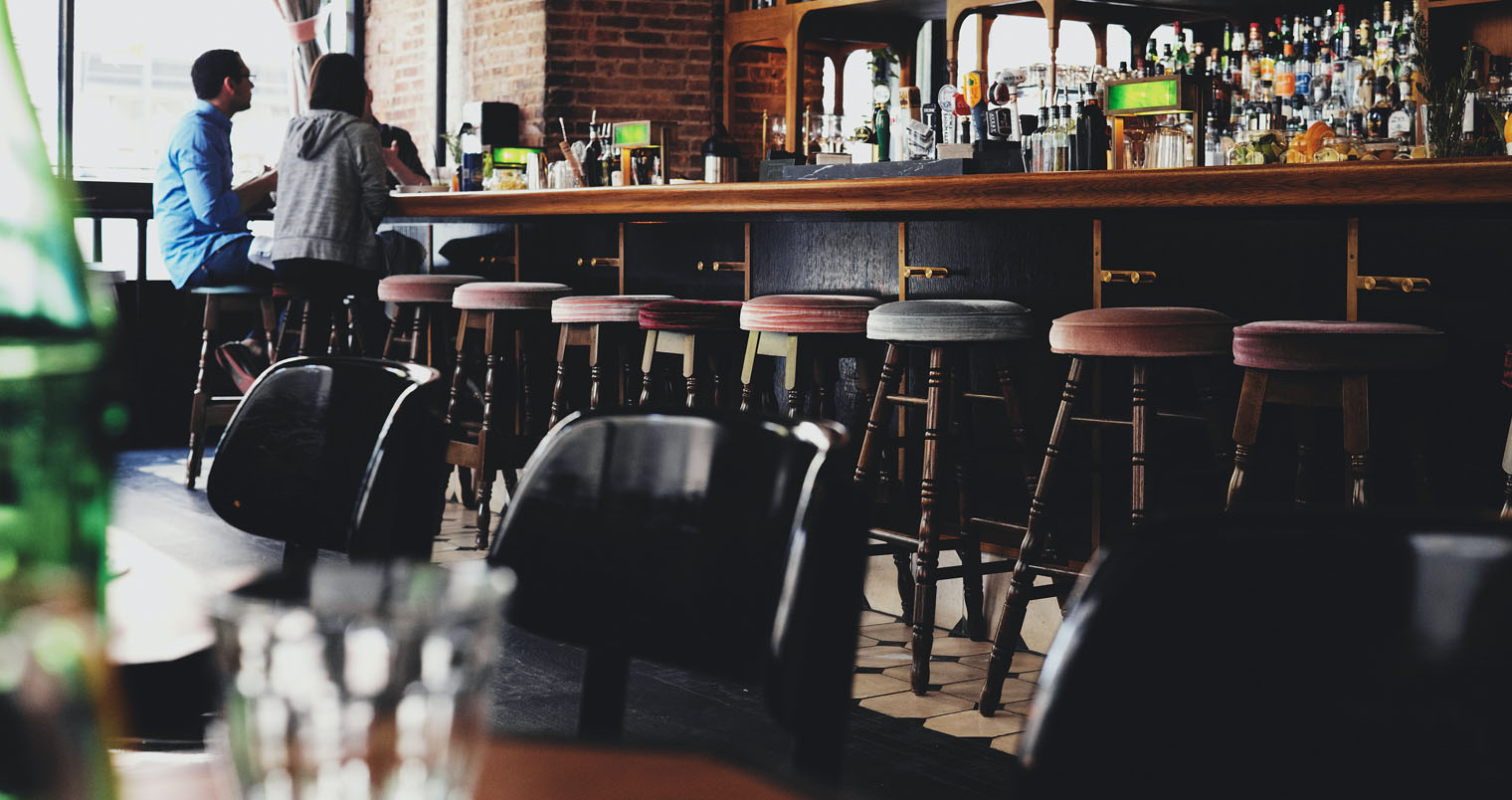



Recent Comments